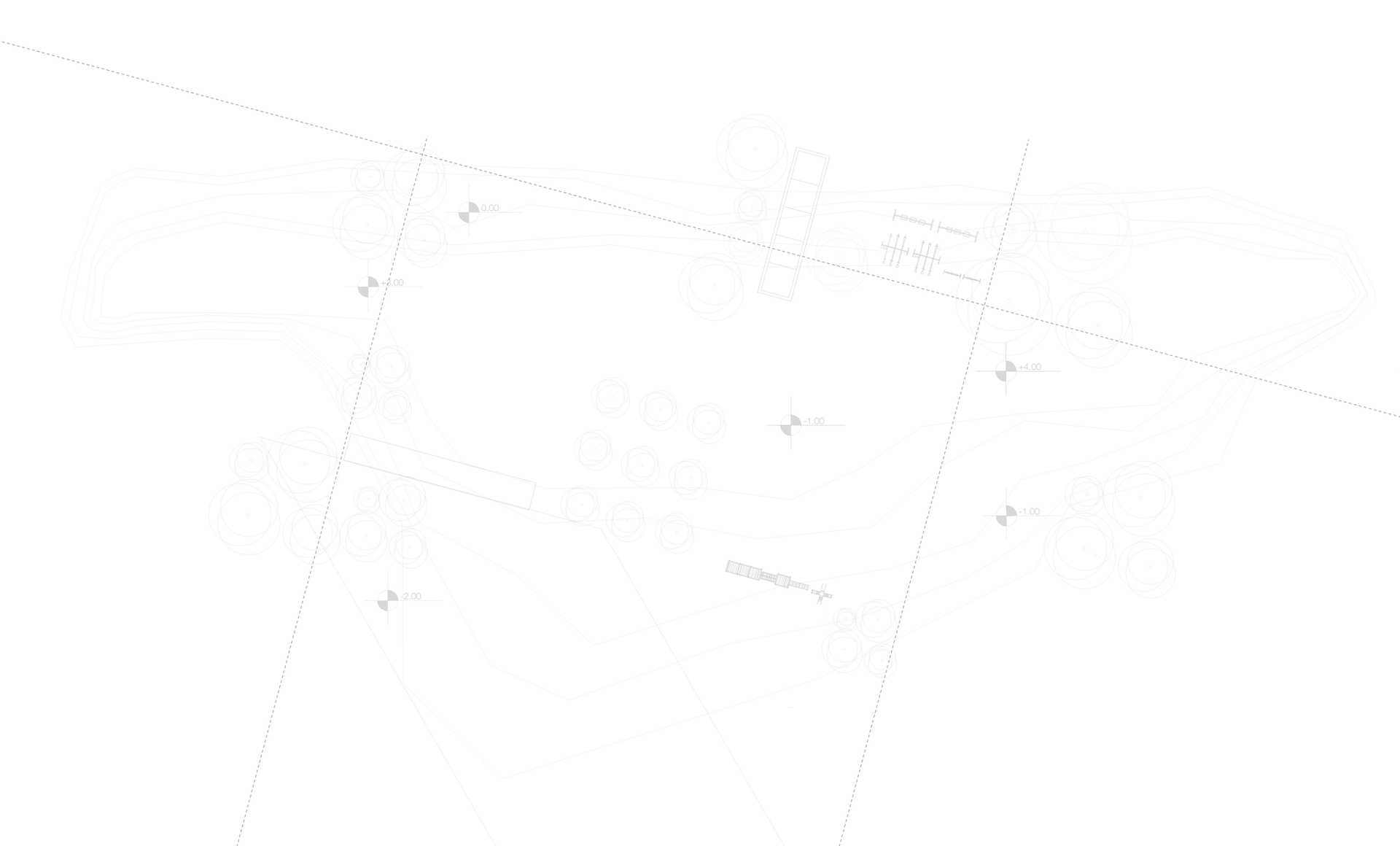This article discusses how the railway has influenced geography and human development.
The railway is a form of transport using wheeled vehicles running on tracks, which usually consist of two parallel steel rails. Rail transport is one of the two primary means of land transport, next to road transport. Today, it is used for about 8% of passenger and freight transport globally, mostly as a result of it's higher energy efficiency compared to road transport.
The steam locomotive was invented in the United Kingdom in the early 19th century. The Stockton to Darlington railway was the first public railway to use steam locomotives and was opened to the public on 27 September 1825.
It did not take long for railways to spread to British colonies in Australia, with the first railway opening in Newcastle in 1831. A railway line was opened between Sydney and Granville in 1855 and this line was later extended to Goulburn in 1869 and Bathurst in 1876.
Prior to the invention of the railway, land-based transport was far more cumbersome and limited - primarily via horse-drawn carriages. Sea and river transport therefore had a significant advantage over land, in that the far lower friction of water, allowed sailing ships to transport goods more efficiently. Horses had limitations as a result of their limited power and significant land area/expense to maintain and feed them.
The railway therefore had the impact of providing more efficient transport to inland areas, away from navigable rivers and the coast, that could not previously utilise sailing ships. Examples within Australia include the inland cities of Bathurst and Goulburn in NSW and Ballarat and Bendigo in Victoria.
On other continents, the railway opened up new areas for greater human settlement as well. For example, in Russia, it opened up new areas east of the Volga River for greater settlement and in the United States, it opened up new areas west of the Mississippi River and Great Lakes system eg. Colorado.
Railway technology has greatly improved since the opening of the first public railway 199 years ago. These early and primitive steam trains converted less than 10% of the energy content of their fuel (coal) into actual mechanical work, meaning, that compared to today, their utility was extremely limited.
Diesel locomotives started to appear in the 1920s and today may convert a much higher 30-35% of the energy in superior diesel fuel into mechanical work. Electric locomotives benefit from the even higher efficiency of electric motors, often above 90% (not including the inefficiency of generating the electricity).
Today, railways therefore are able to transport a far greater volume of goods and people longer distances and more cheaply than before. This has greatly enhanced human connectivity, especially for inland areas.
The next article will discuss how trucks and motor transport have further influenced human geography and development patterns.


Comments